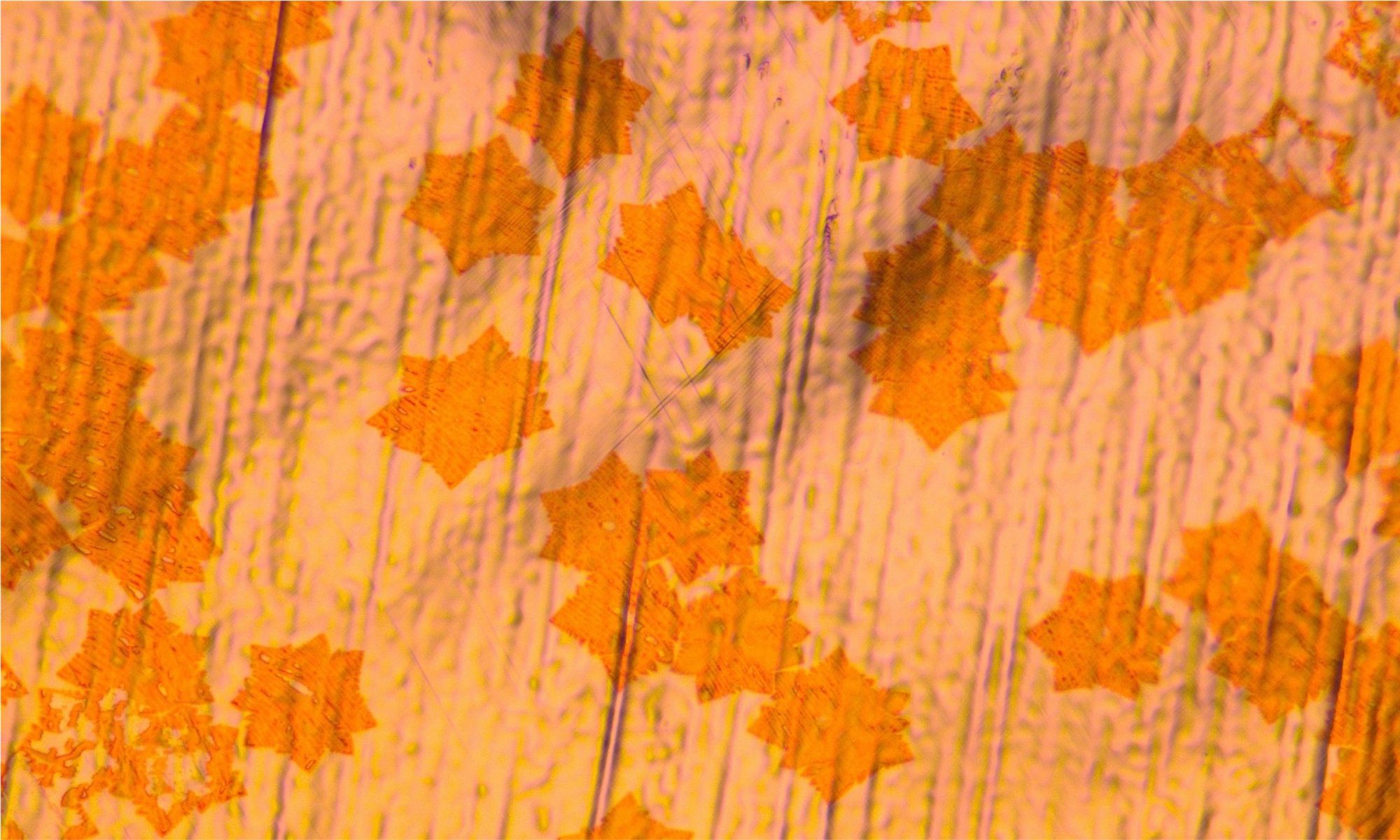Stability – in the sense of stable operation thorough lifetime – is one of the key characteristics that an electronic device need to present to be suitable for applications. And it is the Achilles heel of transistors based on two-dimensional materials, which typically show much worse stability than devices based on silicon. A team of researchers from TU Wien, AMO GmbH, RWTH Aachen University and Wuppertal University has now demonstrated a novel engineering approach to enhance the electrical stability of two-dimensional transistors by carefully tuning the Fermi energy. The results have been reported in Nature Electronics.
Continue reading “Healing Achilles heel of two-dimensional transistors”2D materials for next generation computing
In a compact comment published in Nature Communications, Max Lemme and colleagues outline the most promising fields of applications of two-dimensional (2D) materials, as well as the challenges that still need to be solved to see the appearance of high-tech products enabled by 2D-materials.
Continue reading “2D materials for next generation computing”A novel infrared photodetector based on two-dimensional platinum diselendide
Shayan Parhizkar and colleagues have demonstrated an integrated infrared-photodetector on a silicon waveguide using two-dimensional platinum diselendide (PtSe2).
Continue reading “A novel infrared photodetector based on two-dimensional platinum diselendide”Perspective article in Science by Markus Morgenstern and Mark Goerbig.
Following the recent progresses made by the Yazdani group in visualizing broken symmetries and topological states caused by the interaction between electrons in graphene under high magnetic field [1], Markus Morgenstern and Mark Goerbig have released Perspective article in Science [2], where they review in a very accessible language the basic physics beyond the observed effects.
[1] Visualizing broken symmetry and topological defects in a quantum Hall ferromagnet
X. Liu, G. Farahi, C.-L.Chiu, Z. Papic, K. Watanabe, T. Taniguchi, M. P. Zaletel, and A. Yazdani
Science 375, 321 (2021). DOI: 10.1126/science.abm3770
[2] Many-particle electron states in graphene
M. Morgenstern and M. Goerbig
Science 375, 263 (2022). DOI: 10.1126/science.abn2049
Progress towards flexible, low-power transceivers based on MoS2
Scientists from RWTH Aachen University, AMO GmbH, EPFL and Aixtron SE have demonstrated the first power detectors based on Molybdenum disulphide (MoS2) that operate at zero bias. The fabricated circuits function in Ku-band between 12 and 18GHz, and are the best-performing power detectors fabricated on flexible substrate reported to date. Their dynamic range exceeds 30dB, outperforming other semiconductor technologies, like silicon complementary metal oxide semiconductor (CMOS) circuits and GaAs Schottky diodes.
Continue reading “Progress towards flexible, low-power transceivers based on MoS2”An extensive review on graphene-based microwave circuits
Mohamed Saeed and co-workers have published an extensive review article on graphene-based microwave circuits in the journal Advanced Materials.
Continue reading “An extensive review on graphene-based microwave circuits”Omnipresence of viscous flow in graphene devices
Imaging the complex streaming patterns of electron flow in graphene field-effect transistors, researchers from RWTH Aachen University and AMO GmbH have found evidence for local spots of viscous electron flow even at room temperature in devices with moderate mobility, implying that viscous electron flow is omnipresent in graphene devices. The results have been reported in Nano Letters.
Continue reading “Omnipresence of viscous flow in graphene devices”A new paradigm of THz-energy harvester based on graphene
Future-shaping concepts such as wearable electronics and the Internet of Things are driving the quest for low-power electronics and for energy harvesting at the device or at chip level. Researchers from AMO GmbH, RWTH Aachen University, Chalmers University and the University of Wuppertal have now developed a novel type of flexible energy harvester, which shows good prospects for powering wearable and conformal devices.
Continue reading “A new paradigm of THz-energy harvester based on graphene”An accurate measurement of the spin-orbit coupling in single-electron bilayer graphene quantum dots
For applications in spin-based electronics and quantum computation, it is crucial to understand quantitively how the electron spin is coupled to the orbital degrees of freedom. In bilayer graphene this is a notoriously difficult task, given the tiny size of the energy scales involved. Researchers from RWTH Aachen University have now managed to accurately measure the spin-orbit coupling in single-electron bilayer graphene quantum dots, exploiting the extreme energy sensitivity of a double-dot device. The result has been reported in Nature Communications.
Continue reading “An accurate measurement of the spin-orbit coupling in single-electron bilayer graphene quantum dots”A clever way of protecting graphene
Researchers from AMO GmbH, Oxford Instruments, Cambridge University, RWTH Aachen University and the University of Wuppertal have demonstrated a new method to use PEALD on graphene without introducing defects into the graphene itself.
Continue reading “A clever way of protecting graphene”